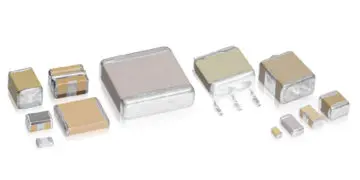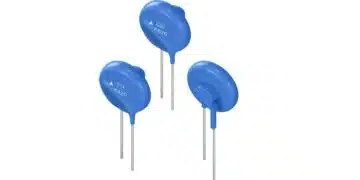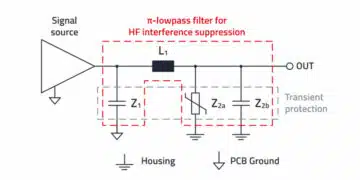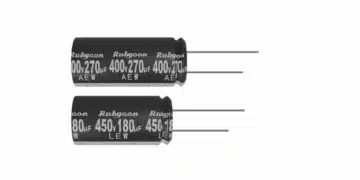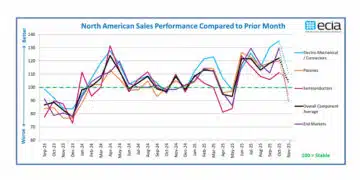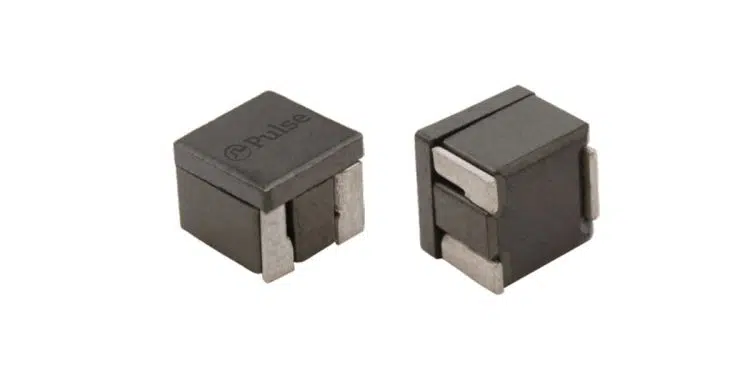Pulse Electronics expands its portfolio of high current, low DCR inductors with release of PGL6477 & PGL6478 series.
The PGL6477/78 product series of power inductors can be used in single phase PoL and multi-phase buck converters to power processors, memory modules, FPGAs and ASICS in servers, datacenters, networking systems and graphics cards. These new product series provide lower core loss at high frequency by using ferrite material.
Using Pulse’s power bead technology, the series are built with a single turn of copper frame, which helps provide the very low AC loss. The PGL6477 has a size of 6.45×6.45mm, and PGL6478 is a low profile platform with a max height of 3.55mm.
“These product series, PGL6477 & PGL6478 are designed as a straddle construction and are suitable for PSiP power supply. The straddle terminals occupy a small PAD layout area, allowing more components to be put under the PSiP inductor, which helps to reduce the footprint size of the power supply. These series are built with automated production, and are suitable for high-performance, high-reliability applications in data communications, computing, and industrial markets which also require a price competitive solution.” said Kevin Li, Product Marketing, Power PBU, Pulse Electronics
Pulse leverages decades of magnetics design experience as well as advanced simulation, testing, and relationships with core vendors to provide leading solutions for high power density and efficiency. Our automated manufacturing strategy allows for cost effective magnetics with high reliability.




